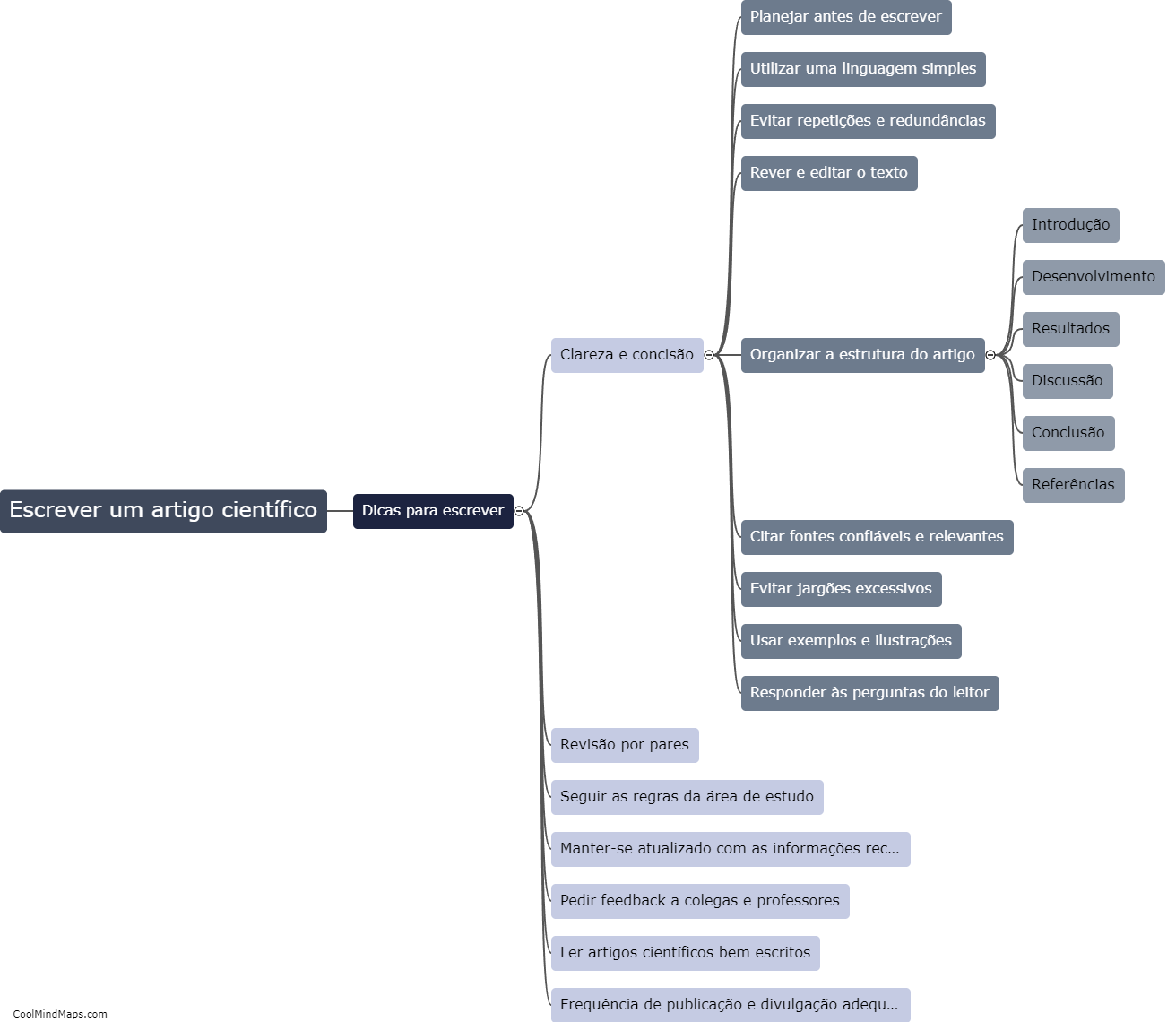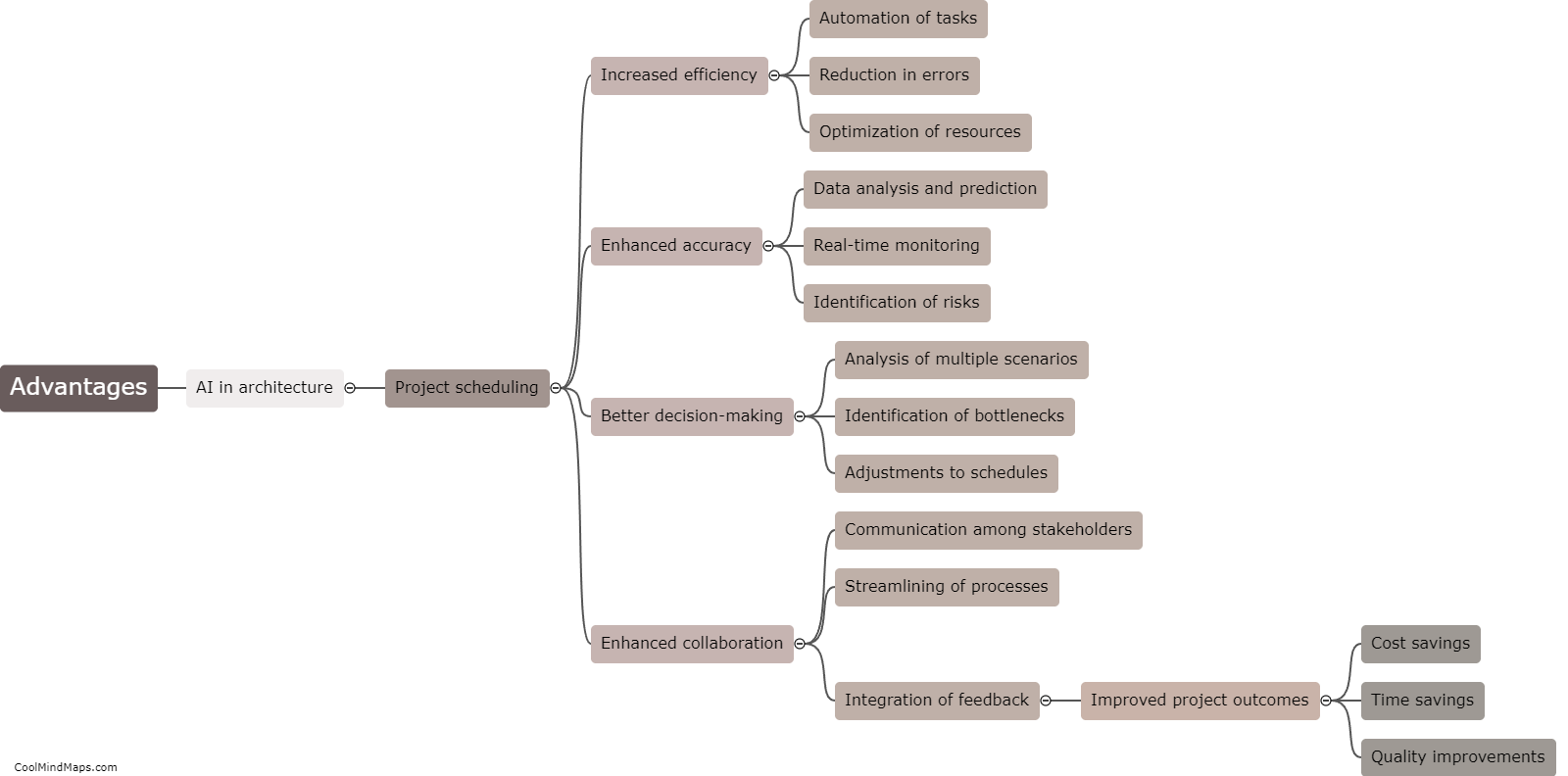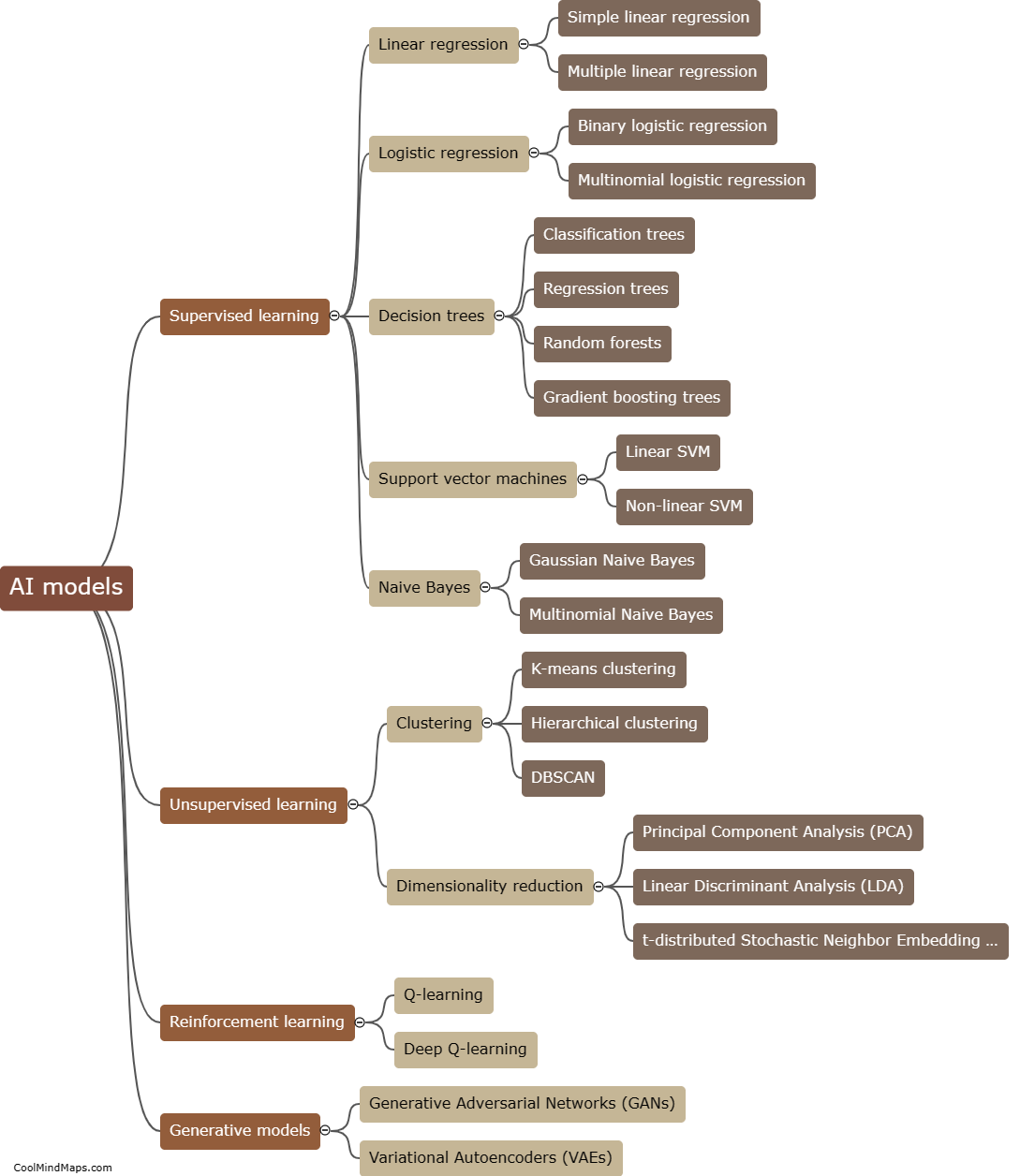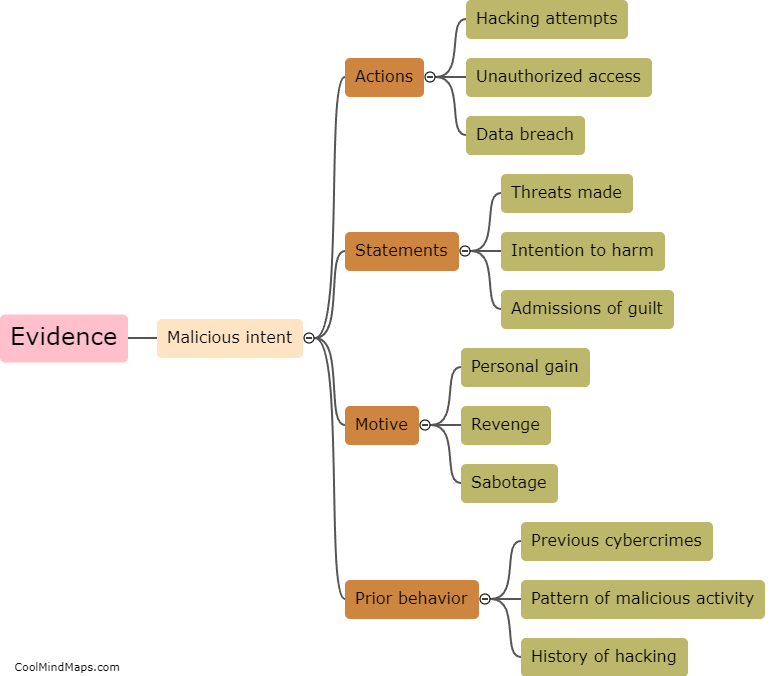What are the different AI models used in scheduling architectural projects?
There are several different AI models that are commonly used in scheduling architectural projects. One popular model is the Genetic Algorithm, which mimics the process of natural selection to find the optimal schedule. It generates and evolves multiple schedules, evaluating their fitness based on various criteria such as project duration, resource allocation, and task dependencies. Another model is the Constraint Satisfaction Problem, which represents the scheduling problem as a set of constraints and uses constraints satisfaction techniques to find feasible schedules. This model focuses on satisfying all the constraints while minimizing conflicts and resource overallocation. Additionally, Reinforcement Learning models can be employed to learn from past scheduling experiences and continuously improve scheduling decisions over time. These models leverage rewards and penalties to train a scheduling agent to make optimal decisions based on project outcomes. Overall, these AI models provide valuable tools for architects and project managers to optimize scheduling processes, improve resource utilization, and enhance project outcomes in architectural projects.
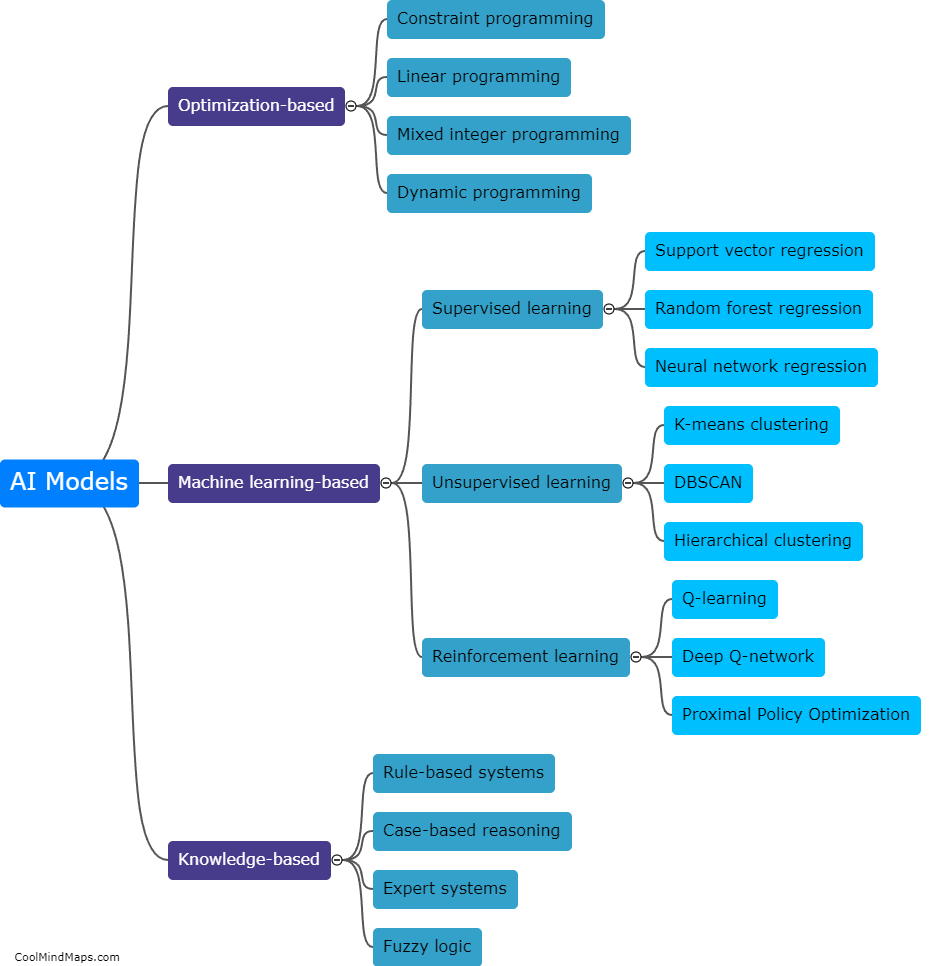
This mind map was published on 26 October 2023 and has been viewed 89 times.
